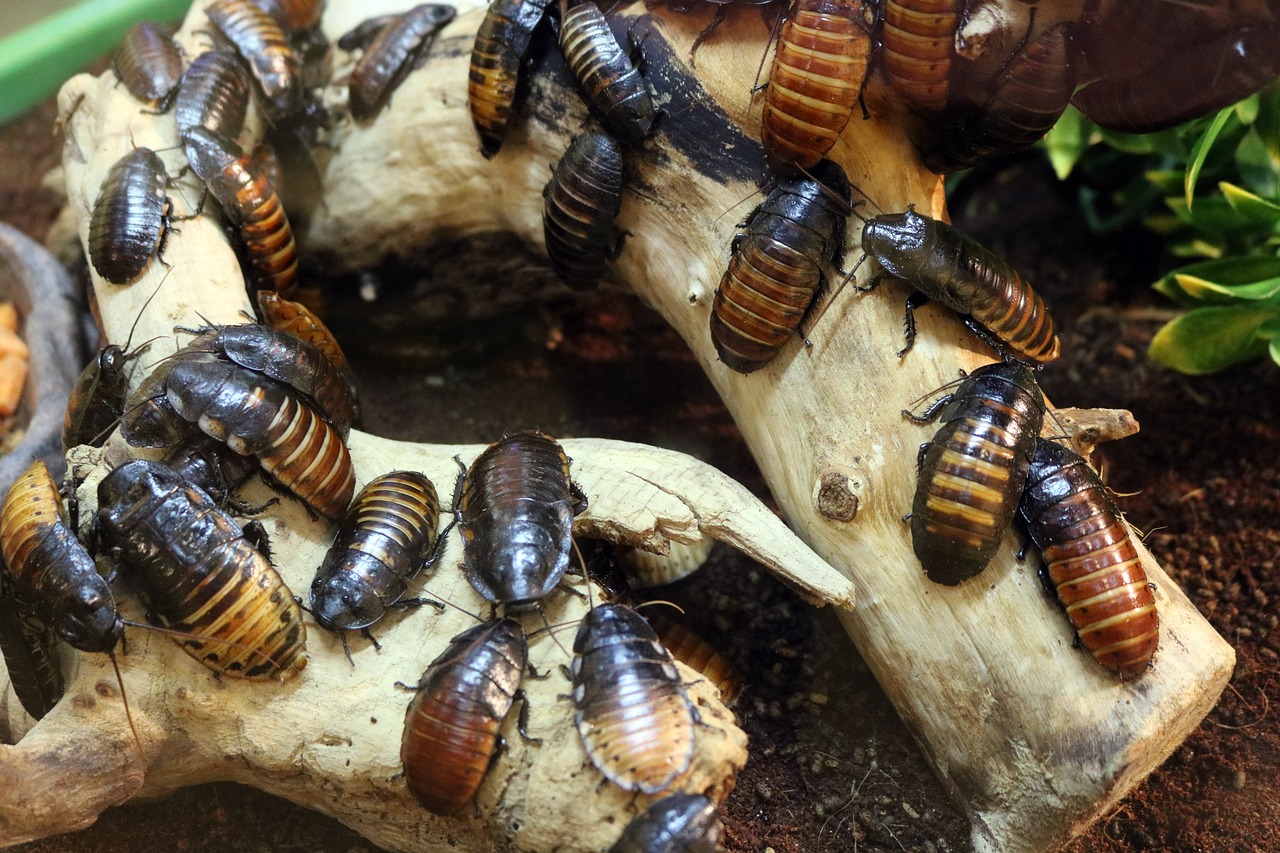Self-storage is a process where you leave your precious belongings in a secure storage unit until you need them again. The most important thing is for your belongings to be in the same condition as you left them when you want to access them again. But if you don’t plan to check in on your precious belongings for long periods of time, you should think of how to protect your belongings so that they look good when it’s time to use them once again. Pests such as mice, bugs, and rats are one of the biggest concerns both for the storage company as well as the customer. Pests can cause a lot of problems by gaining access to the storage facility. You may even have to claim on your insurance policy due to pests ruining your precious belongings. But with a few basic precautions, you may never need to worry about pests ruining your precious belongings at all. For the highest quality self storage Farnborough please see here.
Use Suitable Containers
Using the right storage unit for your precious belongings is a crucial part of self-storage. In fact, plastic sealable crates are the best bet for your belongings – the higher the quality of the crates – the better for your belongings. Plastic containers are reinforced at the edges so they can be easily stacked on top of each other. It is great for maximising the available space. Plastic is also one of the best deterrents for pests. In fact, mice and rodents cannot chew through the layers of hard plastic. Your belongings will be left intact. You should also check the items inside the container for signs of mould and mildew. Make sure all the items are thoroughly dry before you seal the container. Temperature and humidity fluctuations are common in storage facilities – if it isn’t climate-controlled. If your belongings have any mould or mildew, they may spread over time.
Clean The Textiles Before Storing Them
If you plan to store soft furnishing, upholstered furniture, clothes, and toys in the unit, make sure they are thoroughly cleaned before storage. The fewer the things in the unit, the fewer the chances of bringing in bug eggs with the items. Bug eggs can run rampant during self-storage. Textiles should be dried to avoid the growth of mould and mildew. If you plan to store a lot of clothes, you may place them in sealable containers instead of hanging them in the container. Sealable containers are less appealing as nesting materials for potential pests.
Check The Unit First
Before you plan to store anything in the container, check if there are any signs of pests in it. Look for pest droppings and access points inside the container. In fact, even a small hole is enough for mice to make their way in. Sweep out the unit thoroughly before you move any item inside it. Look outside the facility for signs of pest control. If you find pest control boxes in the facility, it’s a good thing since they are actively preventing pests.
Do Not Store Perishables Inside The Storage Unit
Even though this is quite obvious, many people store perishables in self-storage units and run into problems later on. Almost every storage facility have a policy of not accepting perishable items in self-storage units. These items will attract pests and become a health hazard if left and forgotten about. Mice are very sensitive to smells and can fit through the smallest of gaps. They will find a way inside the unit if it contains perishables such as foods and plants. On the other hand, by leaving perishables inside the unit, you will be invalidating the agreement with the service provider. You are also flouting insurance laws in the process. You should remember that you won’t be able to claim damages if the insurance company finds out that you have stored perishables inside the container. That is why you should never store perishables inside a self-storage unit.
